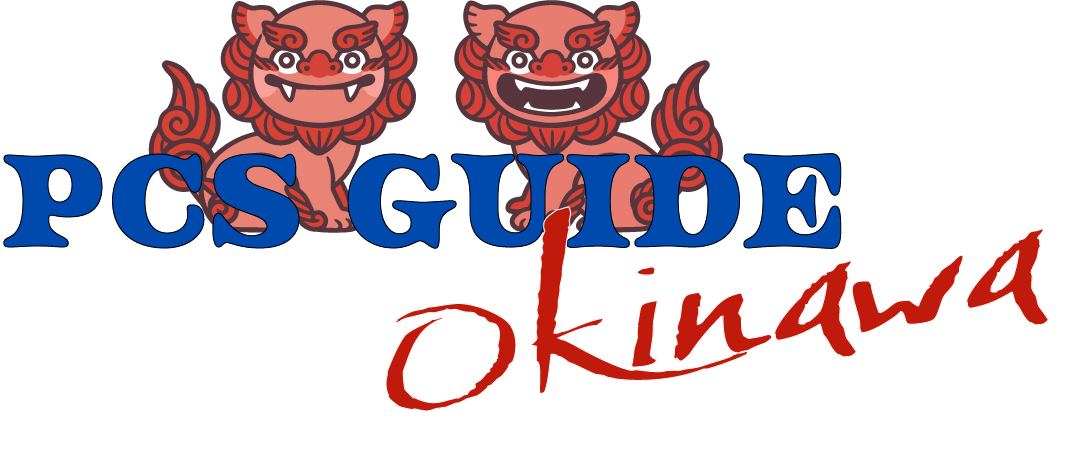“Children’s Day,” known in Japanese as “Kodomo no hi” (子供の日) is a Japanese national holiday which takes place on May 5th, and is part of the longest Japanese holiday week called Golden Week. The Japanese celebrate holidays on April 29th, May 3rd, 4th, 5th and 6th, making it possible to have a 10-day holiday week.
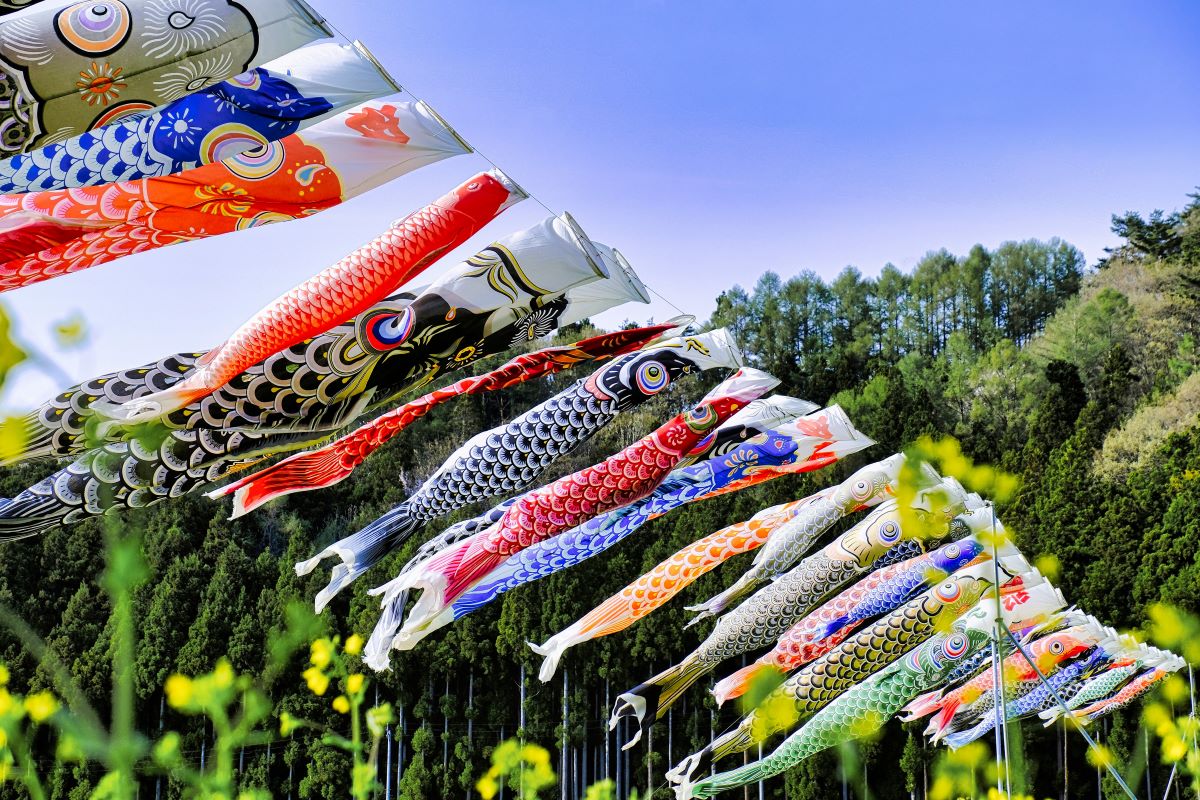
The purpose of Children’s Day, or Kodomo no hi, is a beautiful sentiment towards children. It is meant to celebrate and pray for children’s happiness & health, and to respect each of their personalities.
Kodomo No Hi History
The day was originally called “Tango no Sekku,” (端午の節句) or “Boy’s Festival,” and it was celebrated in order to wish healthy growth of the young boys/sons in the family and give thanks to their mothers. However, in 1948 the name changed to “Kodomo no hi” to celebrate all children.
The Koinobori’s or Carp Flags
Parents, do you have your carp flags out yet? Leading up to “Kodomo no hi”, starting even from a month prior, you will begin to see many carp flags known as “Koinobori” (鯉のぼり) flown at homes or usually over a body of water. In Japanese, “Koi” (鯉) means carp and “Nobori” (登り) means “to climb.” The origin of “Koinobori” comes from a folklore in ancient China. It is said that a carp was the only one that won a race up a waterfall among other fish and turned into a dragon. Combined with this story and the symbolism of success & strength, the carp was chosen as representation for this special holiday.
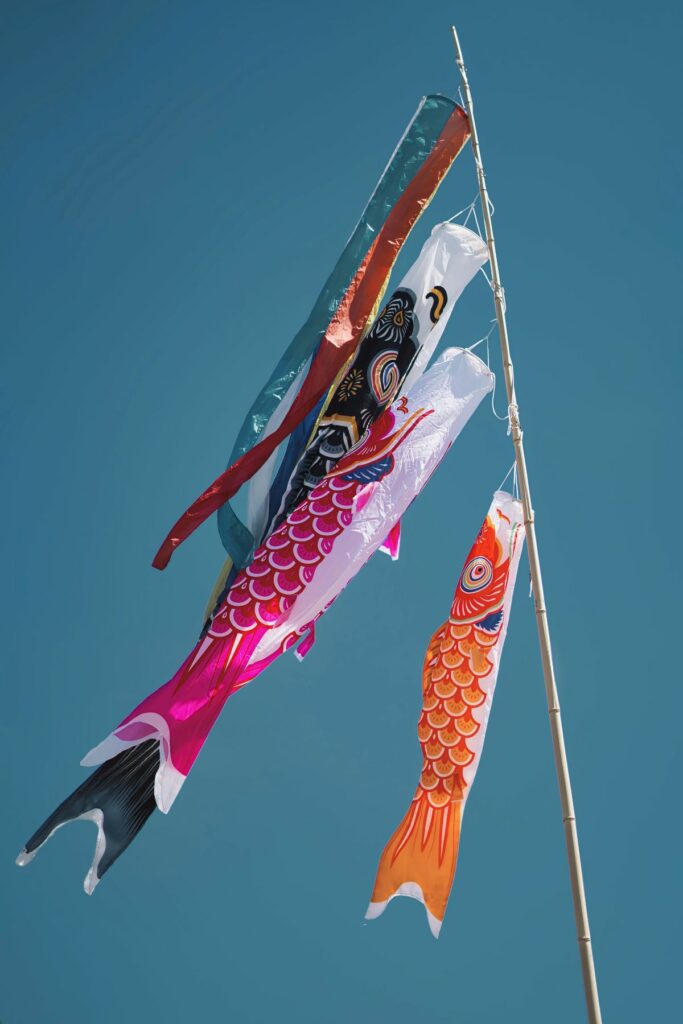
When you look at a set of flags carefully, you will also notice the size differences. A set of “Koinobori” represents a family unit… starting with the largest carp being the father (called “magoi” and usually in black), then the mother (called “higoi” and normally in red), and the child (blue representing a boy, called “kogoi”). Families with additional children or girls will also add on different colors to their Koinoboris, such as pink, green, orange, purple, etc..
It is said that “Kodomo no hi” and the flying of carp flags are for children up to 12 years of age, but it is entirely up to the parents and their children how long they want to continue to fly the flags.
Other Holidays During Golden Week
Although “Kodomo no hi” or Children’s day may be the most well-known holiday during Golden Week, it is important to take note of the others as well. April 29th is “Showa Day,” (Showa no hi/昭和の日) which is celebrated in memory of the Showa emperor who passed away in 1989, whose birthday was on April 29th.
Next up is May 3rd, which is “Constitution Day” or “Constitution Memorial Day (Kenpo kinen bi/憲法記念日).” It is designated as a national holiday because it was on this day in 1947 that the new postwar constitution was put into effect.
On May 4th is “Greenery Day” called “Midori no hi/みどりの日.” This day was formally on April 29th, the Showa emporer’s birthday, but they changed it in 2006. Former emperor Showa loved nature and plants, so this day is one way we remember and commemorate him. Japan also has a law that states that if a business day happens to be in between two holidays, then that day will become a holiday as well, so it worked out well for the people in the end!
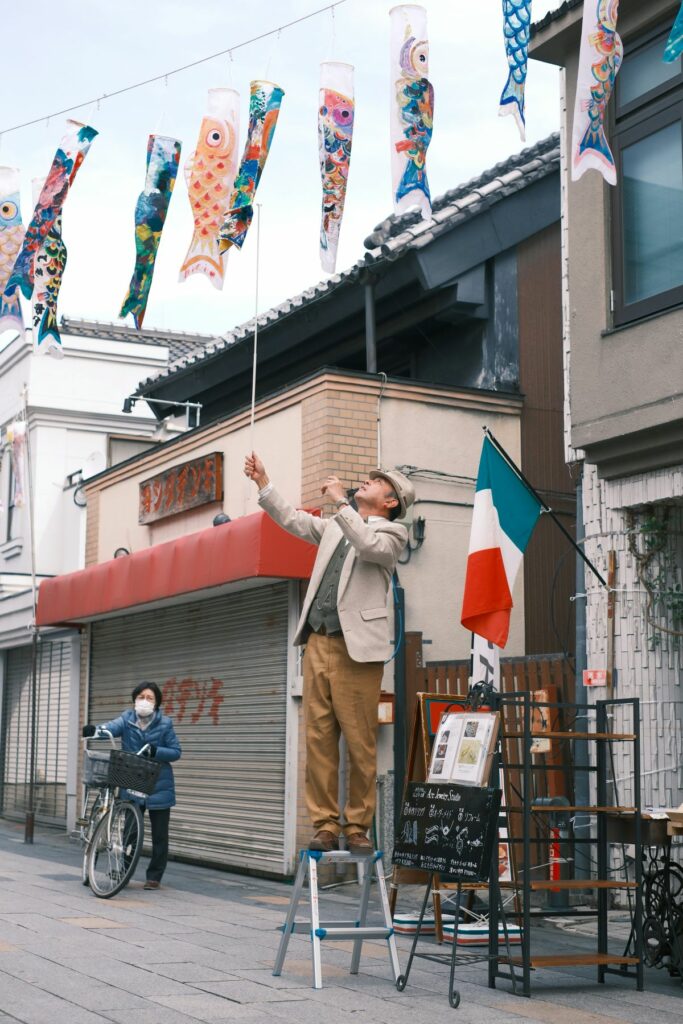
Traveling During Kodomo No Hi
Golden Week is also one of the busiest times for travel, so many families will make plans and reservations months in advance. Airports, train stations, expressways, will all see traffic and congestion, as well as some businesses may hike up the prices during this time. Popular tourist destinations and theme parks will also see long lines and wait times, so it is important to be aware of these Japanese holidays so as not to get caught off guard!
With all these events going on it’s hard not to get excited for Golden Week. I hope this article gave you some helpful information on Children’s Day and Golden Week and that you’ll join in on the festivities. Now go hang those carp flags!
Looking for more? Check out these other popular articles on activities in Okinawa.
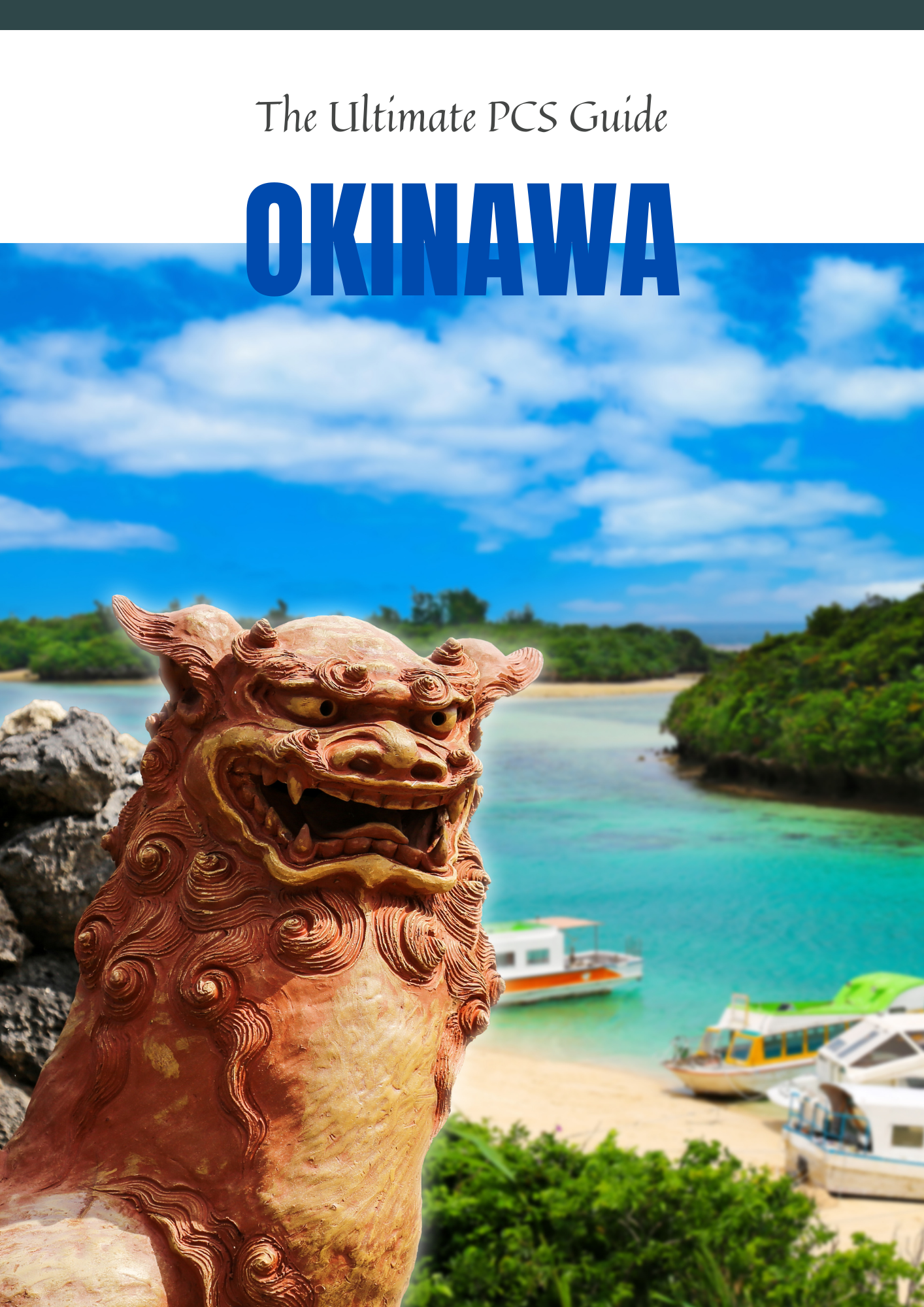
Want all this information in one spot? Grab our FREE Ultimate PCS Guide to Okinawa!
Drop your email and we will send you an ebook version of our guide, as well as send you updates on things to do here in Okinawa!
